Petri Dish Guide: Get to Know Glass, Plastic, Stainless Steel, and PTFE Dishes
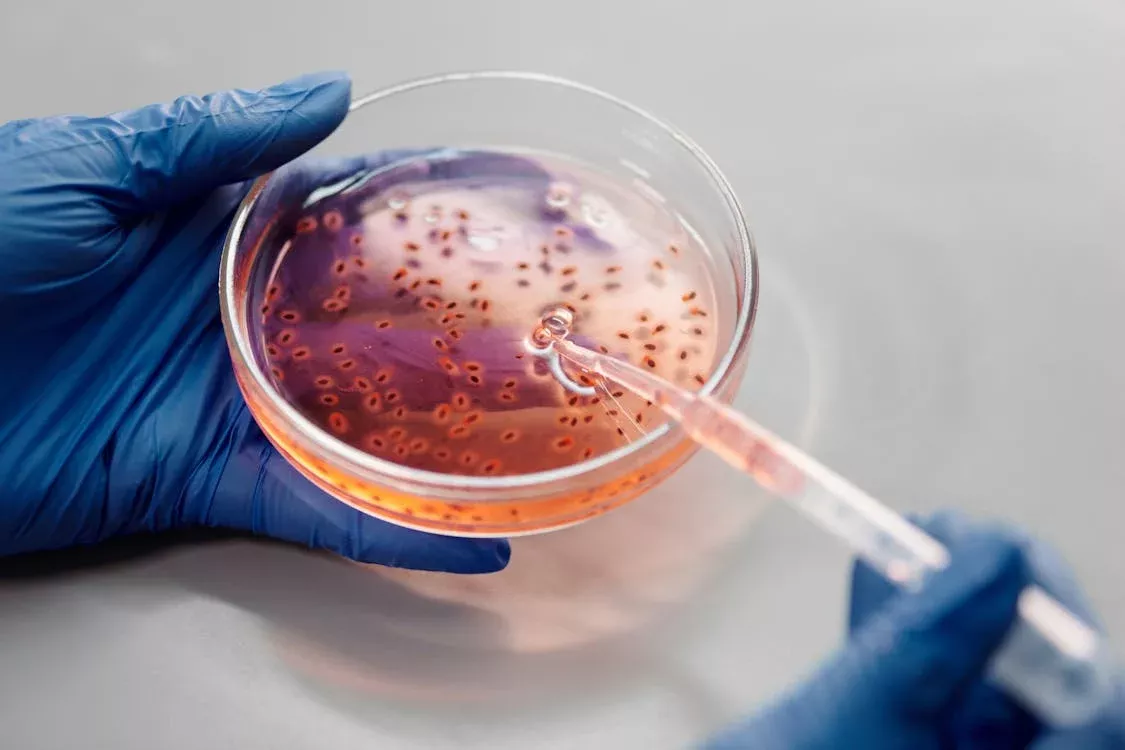
Today, no biologist or chemist can work without them: Petri dishes are essential tools in laboratory research, used for a variety of applications, from cultivating bacteria and fungi to examining cell cultures.
They are flat, round, transparent, and have made countless scientific discoveries possible. When Julius Richard Petri invented them, he was only 25 years old and working as an assistant to the famous microbiologist Robert Koch in Berlin.
In 1877, the young researcher came up with the idea of using the bottom of a glass bottle to grow bacteria. For this, he used a gelling agent derived from algae as a culture medium. This "agar plate" was held inside the dish by Petri for the first time, providing growing microorganisms with water and nutrients.
The impact of the Petri dish on medicine has been extraordinary. Take the accidental discovery of penicillin by Alexander Fleming in a Petri dish. This event ushered in the antibiotic era, forever changing the landscape of infectious diseases and revolutionizing the practice of medicine itself.
Petri dishes come in various sizes and materials such as glass, plastic, PTFE, and stainless steel. By choosing the right dish, you can ensure the longevity and effectiveness of your Petri dishes, leading to more accurate and reliable scientific results. Trust the quality of Borox Petri dishes for your laboratory research needs.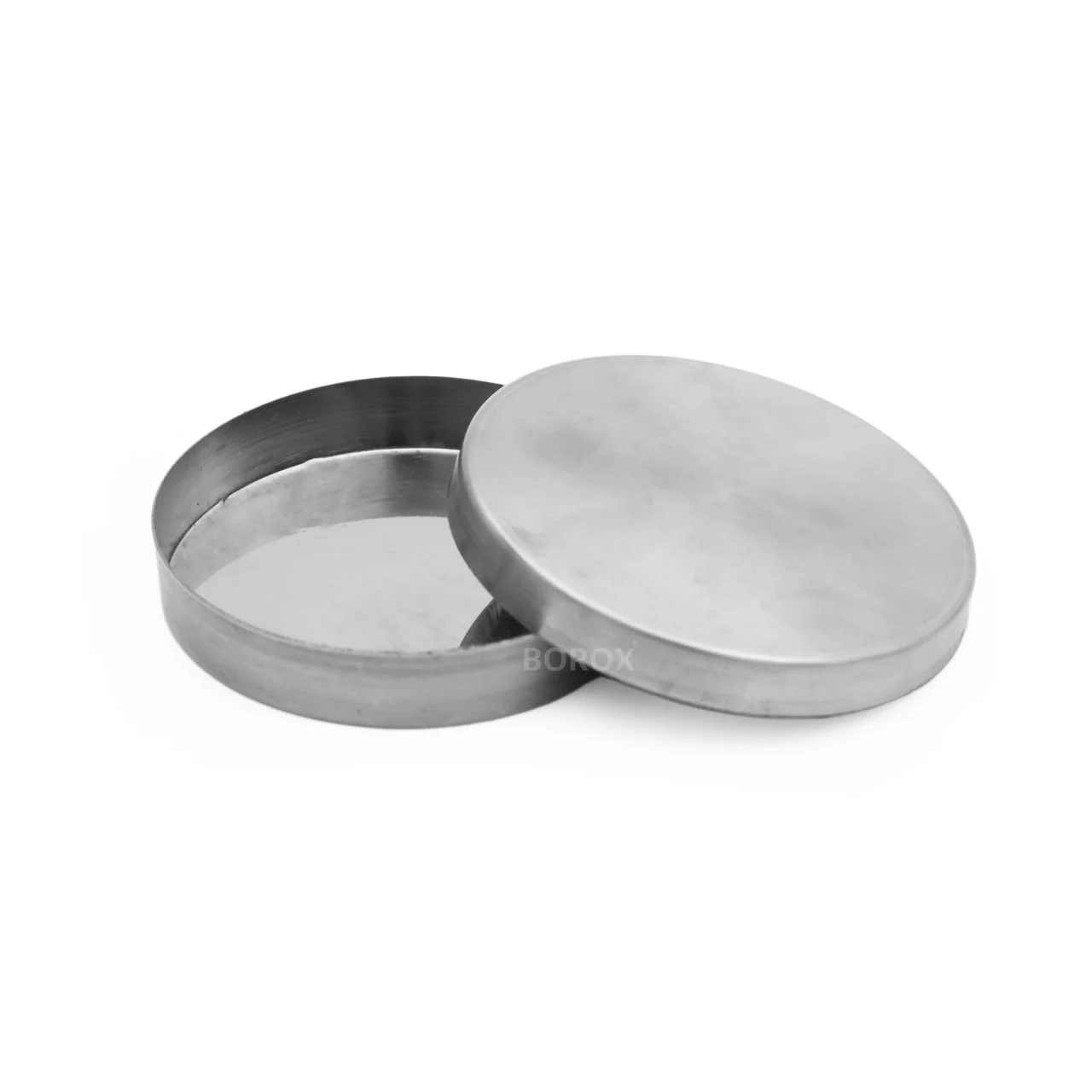
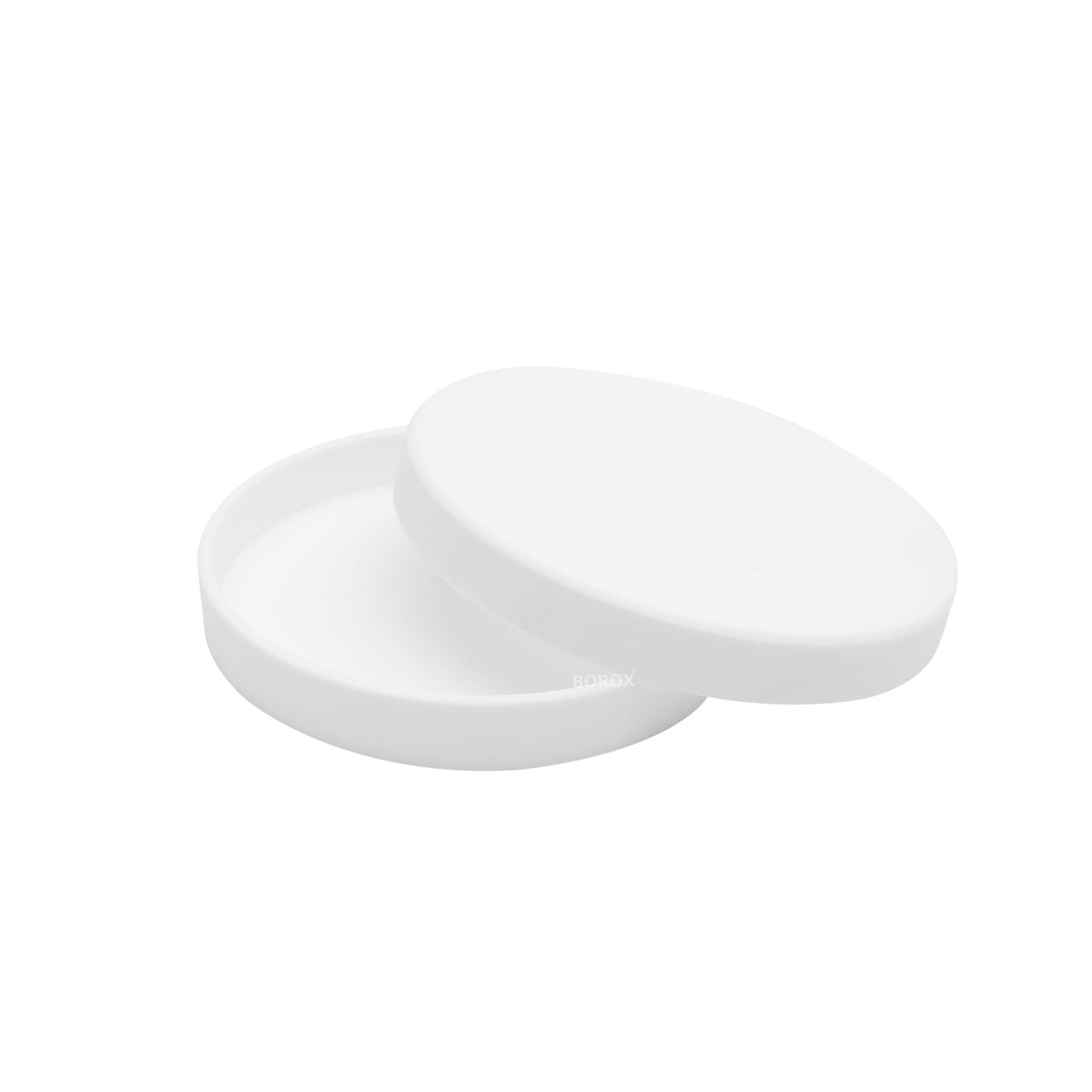
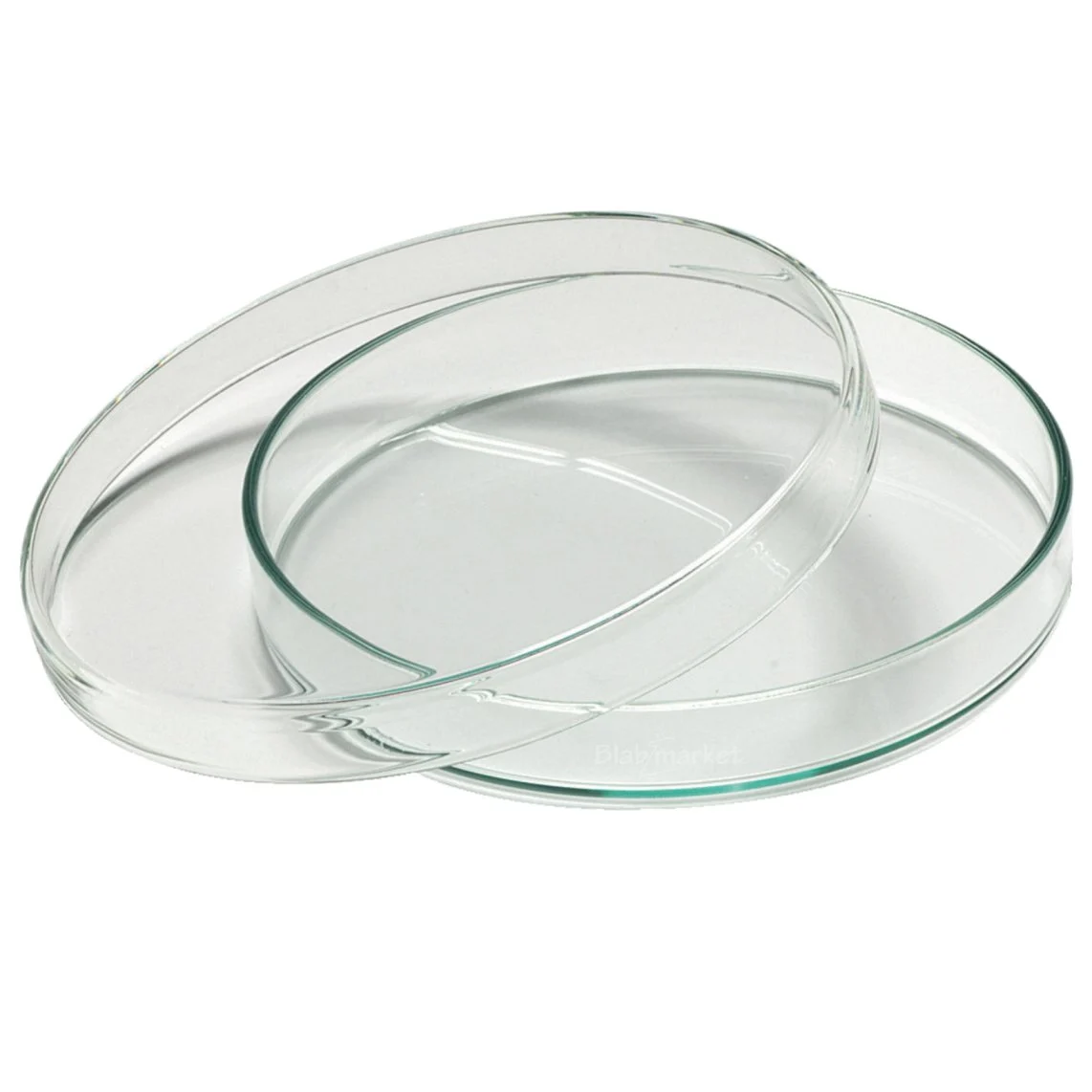
Glass Petri Dish: Glass Petri dishes are among the most commonly used types in laboratories. Due to their high temperature resistance and chemical durability, they are preferred in sterilization processes. They are typically transparent, making it easy to observe the cultures inside.
Plastic Petri Dish: Plastic Petri dishes are usually made from materials like polystyrene or polypropylene. Their light weight, durability, and resistance to breakage make them an excellent choice. They are more affordable compared to glass Petri dishes and, when used as disposable, do not require sterilization.
Stainless Steel Petri Dish: Stainless steel Petri dishes are known for their chemical and mechanical resistance. These dishes are preferred in long-term use and applications that require high temperatures. They are easy to clean and sterilize.
PTFE Petri Dish: PTFE (polytetrafluoroethylene) Petri dishes are distinguished by their high chemical resistance. They remain stable under aggressive chemicals and high temperatures. Additionally, thanks to the PTFE coating, cleaning processes are straightforward when working with sticky substances.
Petri Dish Stand: A Petri dish stand helps maintain organization and securely store dishes in the laboratory. Suitable options are available for glass, plastic, stainless steel, and PTFE dishes. Stands allow for orderly storage, easy access to the dishes, and help maintain the sterility and cleanliness of the dishes. Their durable and practical designs provide great convenience in laboratory work.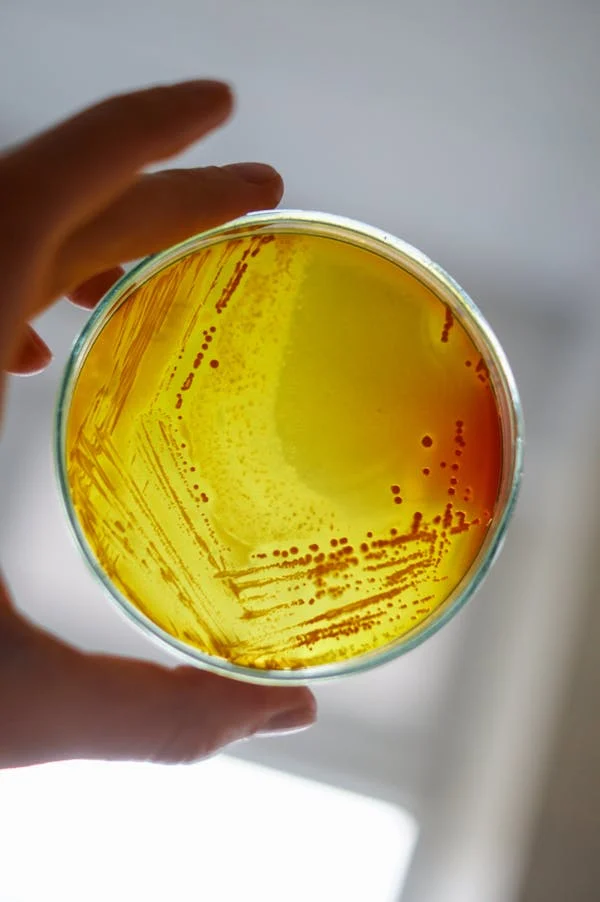

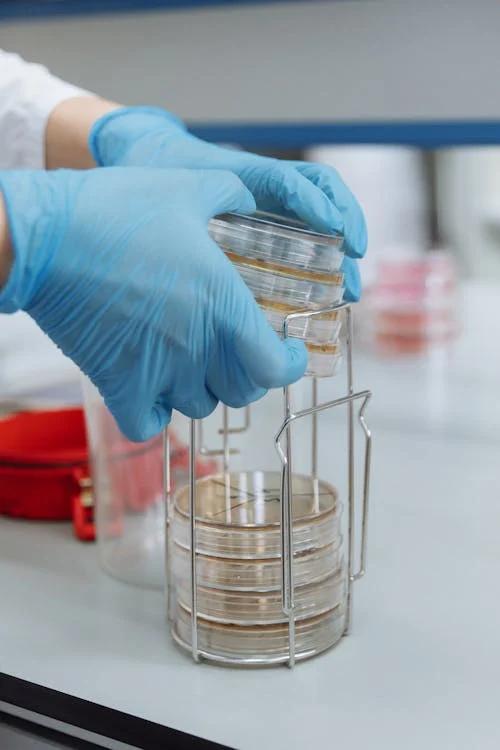
For more information and product options, visit the Blab Market website.
